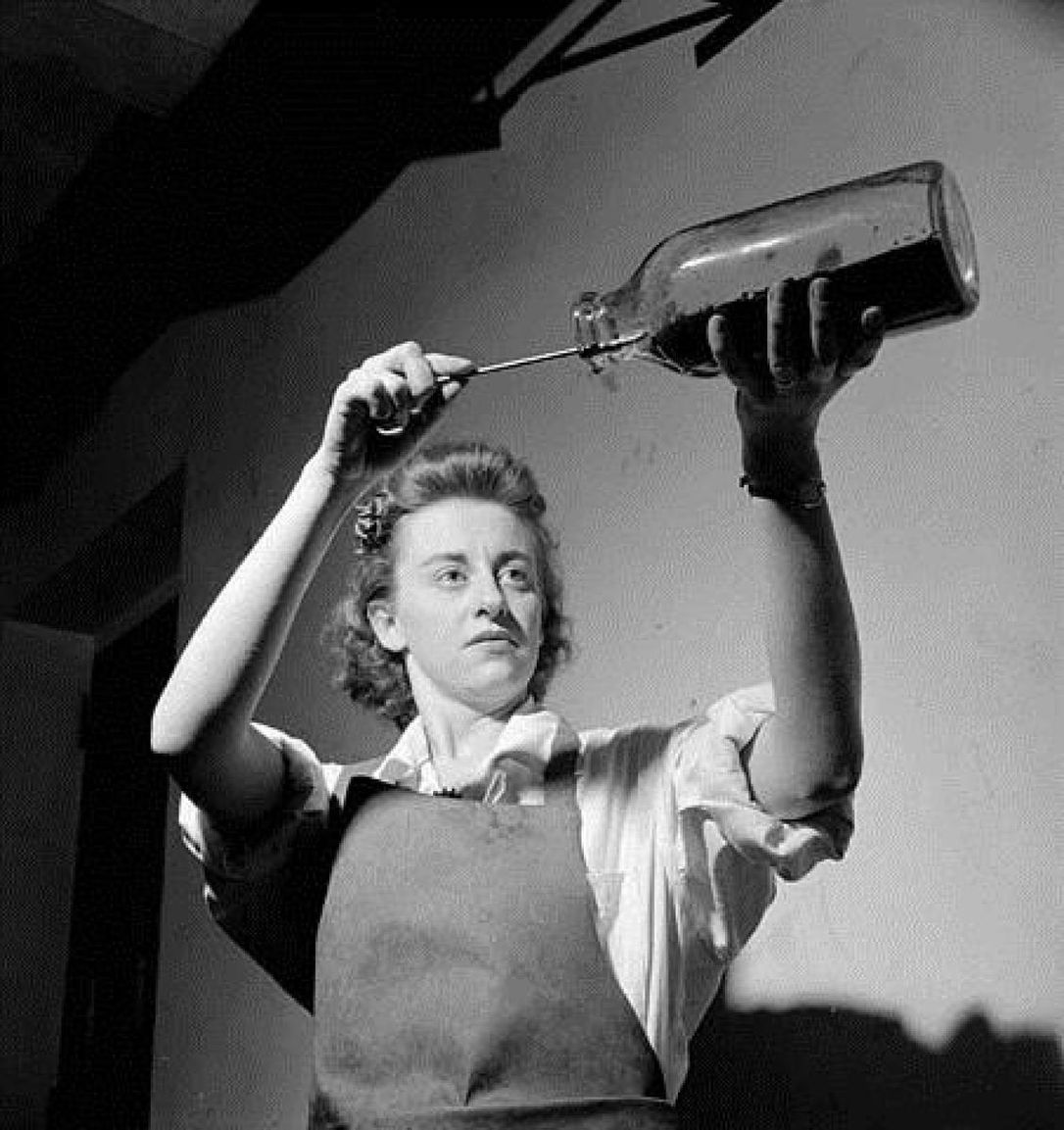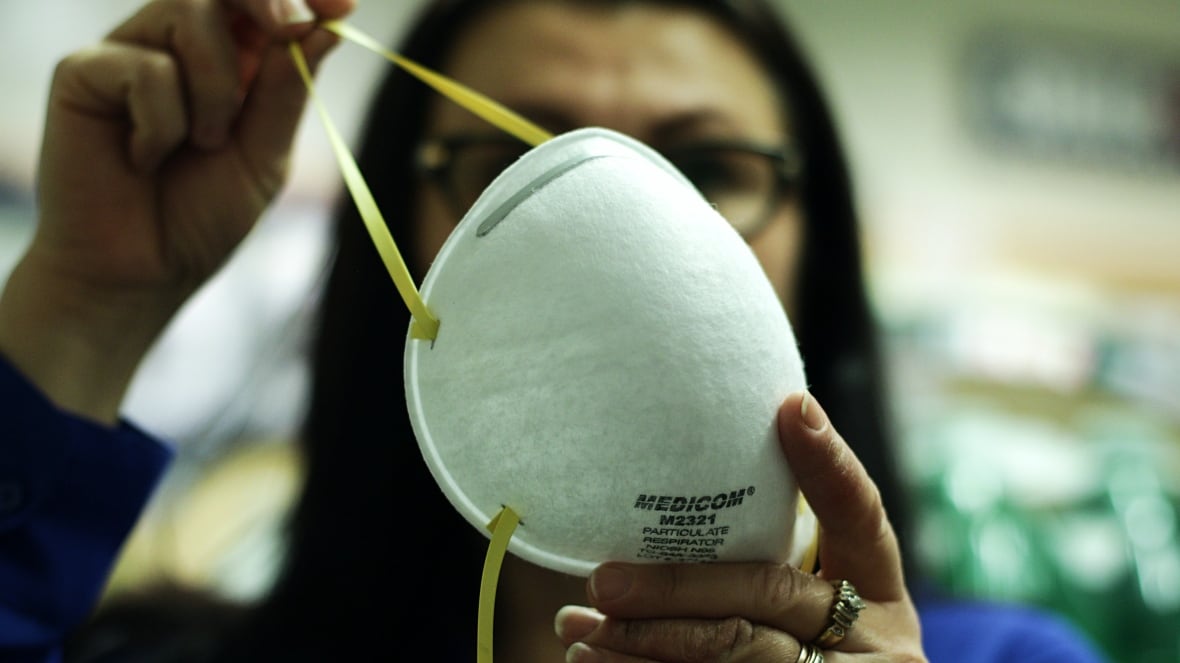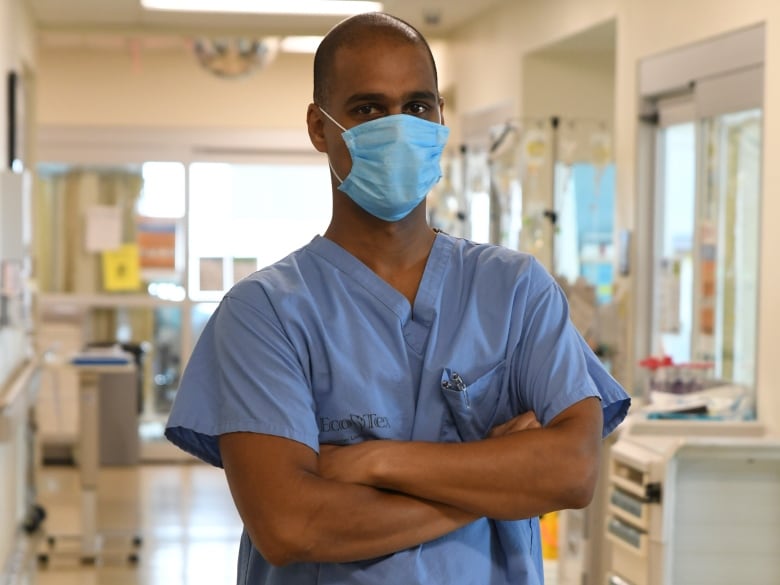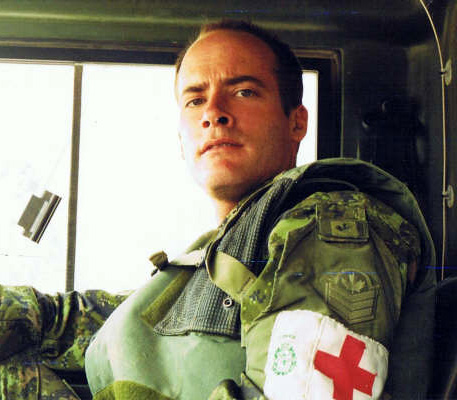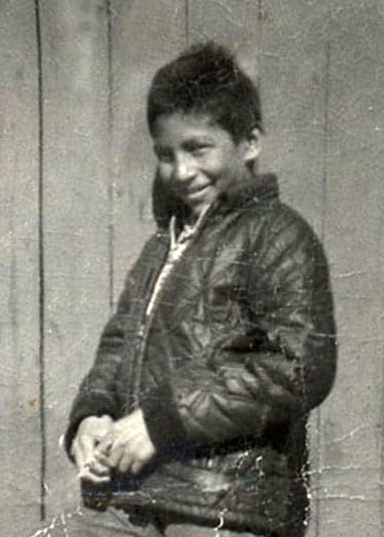
My first day at a new school nearly scared me to death. In September of 1956, my family and I had moved from a suburb in the east end of Toronto to a village outside the city. So, I had to go to a school I didn’t know, meet a teacher I’d never seen before, try to make friends among strangers, and then, try to blend into the classroom. The fact that I wore glasses, the only one in the class, proved equally terrifying, particularly when my new teacher fussed over me.
“Why don’t you sit at the front desk,” Miss Anderson told me.
I wanted to disappear. I thought everybody would pick on me for having to wear glasses. But the worst fear I faced was that I’d get lost walking home from school. (more…)
